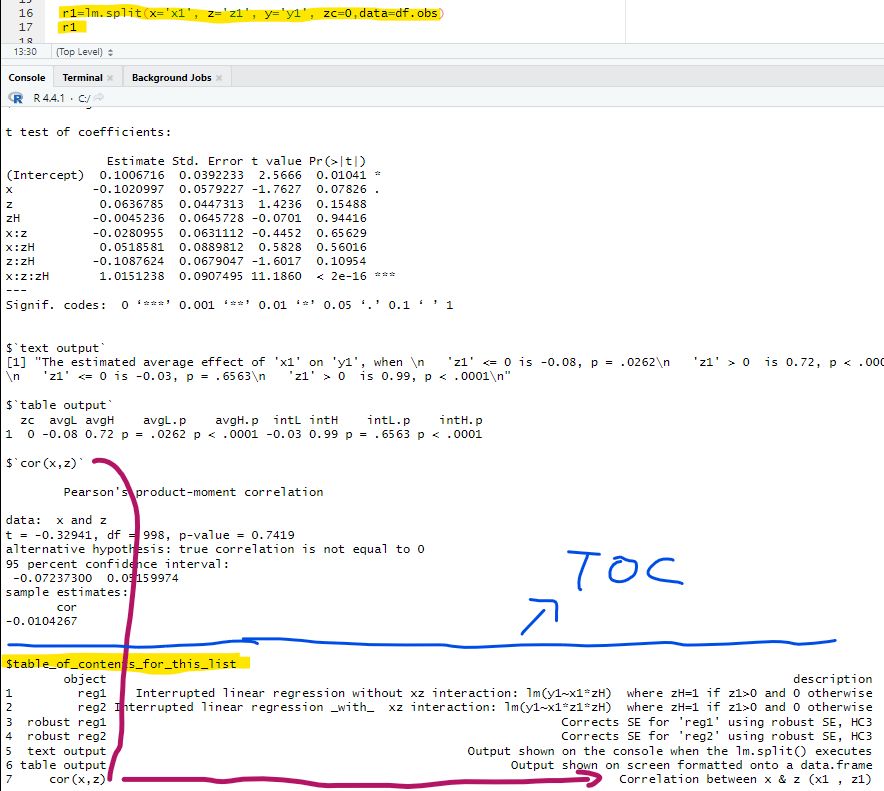
website: https://urisohn.com
Blog: https://DataColada.org



Participants were not given the questions but had to answer in standard multiple choice, agree/disagree, True/False, etc.
I guess in 1954 the review process was a lot more expedient.

Participants were not given the questions but had to answer in standard multiple choice, agree/disagree, True/False, etc.
I guess in 1954 the review process was a lot more expedient.
is this (a) normal, (b) funny, (c) both:

is this (a) normal, (b) funny, (c) both:

You say what you are doing: reading, editing etc.
Related tools are available.
I got sick (again) of Adobe, winner so far: pdf.easeus.com

You say what you are doing: reading, editing etc.
Related tools are available.
I got sick (again) of Adobe, winner so far: pdf.easeus.com
The way Lee Ross would have used it.
You think a phenomenon is true, and run a memorable experiment to demonstrate it.
e.g., from Ross 2018 J Persp article:

The way Lee Ross would have used it.
You think a phenomenon is true, and run a memorable experiment to demonstrate it.
e.g., from Ross 2018 J Persp article:

"How to show 9 is bigger than 221"...
It critiques between-subject comparisons.
Not enough people know the result is artifactual.
You only get it when using a 1-10 scale (!)
So people say "well, 9 is 9 big".
Change scale, no effect.

"How to show 9 is bigger than 221"...
It critiques between-subject comparisons.
Not enough people know the result is artifactual.
You only get it when using a 1-10 scale (!)
So people say "well, 9 is 9 big".
Change scale, no effect.
this covid themed *tweet* long pre-dates my bluesky account but is on my bluesky feed now.
re-deactivating twitter now.

this covid themed *tweet* long pre-dates my bluesky account but is on my bluesky feed now.
re-deactivating twitter now.




Or is there an easy way to see all descriptions for list objects in an orderly fashion?

Or is there an easy way to see all descriptions for list objects in an orderly fashion?
The function's output is a list where the last object is a 'table of contents' for all other items in the list.

The function's output is a list where the last object is a 'table of contents' for all other items in the list.
Please answer poll about this figure in the reply to this tweet.

Please answer poll about this figure in the reply to this tweet.
Title: "Stimulus Sampling Reimagined"
Tuesday June 4th 2024
It's at 12.30 PM Barcelona / Berlin time
(Yes, 6.30 AM ET)
Register for free here: insead.zoom.us/meeting/regi...
paper: urisohn.com/44

Title: "Stimulus Sampling Reimagined"
Tuesday June 4th 2024
It's at 12.30 PM Barcelona / Berlin time
(Yes, 6.30 AM ET)
Register for free here: insead.zoom.us/meeting/regi...
paper: urisohn.com/44
Title: "Stimulus Sampling Reimagined"
Tuesday June 4th 2024
It's at 12.30 PM Barcelona/Berlin/Amsterdam time
(Yes, 6.30 AM ET)
Register for free...

Title: "Stimulus Sampling Reimagined"
Tuesday June 4th 2024
It's at 12.30 PM Barcelona/Berlin/Amsterdam time
(Yes, 6.30 AM ET)
Register for free...
With N=12.8 million p>.05 on effect of birthday number on people's address number.
sci-hub.se/10.1037/a002...

With N=12.8 million p>.05 on effect of birthday number on people's address number.
sci-hub.se/10.1037/a002...
When power is x%, the share of p<.01 among p<.05 results is approximately x%
R Code:
ncp=seq(0,4,.01)
power05 =(1-pt(qt(.975,df=5000),df=5000,ncp=ncp)) power01 = (1-t(qt(.995,df=5000),df=5000,ncp=ncp)) share01 = power01/power05

When power is x%, the share of p<.01 among p<.05 results is approximately x%
R Code:
ncp=seq(0,4,.01)
power05 =(1-pt(qt(.975,df=5000),df=5000,ncp=ncp)) power01 = (1-t(qt(.995,df=5000),df=5000,ncp=ncp)) share01 = power01/power05
When power is x%, the share of p<.01 among p<.05 results is approximately x%
R Code:
ncp=seq(0,4,.01)
power05 =(1-pt(qt(.975,df=5000),df=5000,ncp=ncp))
power01 = (1-pt(qt(.995,df=5000),df=5000,ncp=ncp))
share01 = power01/power05

When power is x%, the share of p<.01 among p<.05 results is approximately x%
R Code:
ncp=seq(0,4,.01)
power05 =(1-pt(qt(.975,df=5000),df=5000,ncp=ncp))
power01 = (1-pt(qt(.995,df=5000),df=5000,ncp=ncp))
share01 = power01/power05
--> please include a footnote showing us how hard you tried to find earlier work.

--> please include a footnote showing us how hard you tried to find earlier work.


